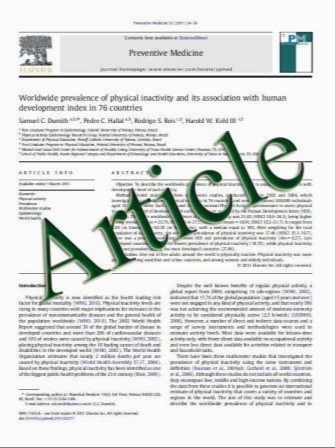Hypoplastic Left Heart Syndrome and Aortic Atresia-Mitral Stenosis Variant: Role of Myocardial Protection Strategy and Impact of Ventriculo-coronary Connections After Stage I Palliation
- نوع فایل : کتاب
- زبان : انگلیسی
- مؤلف : Anastasios C. Polimenakos • Shyam K. Sathanandam • Tarek S. Husayni • Chawki F. El Zein • David A. Roberson • Michel N. Ilbawi
- چاپ و سال / کشور: 2011
Description
Aortic atresia-mitral stenosis (AA-MS) has been implicated as a determinant of outcome after Stage-1 palliation (S1P) in hypoplastic left heart syndrome (HLHS). Studies evaluating the association of AA-MS with ventriculo- coronary connections (VCC) and mortality report conflicting results. The significance of VCC, myocardial protection, and shunt strategy after S1P has yet to be determined. Between January 2005 and July 2009, 100 neonates with HLHS underwent S1P. Mitral and aortic valves and presence of VCC were assessed. Antegrade continuous cold blood cardioplegia was administered throughout the vast extent of the neo-aortic reconstruction. A right ventricle-topulmonary shunt was used for an ascending aortic diameter of 0.6 mm/kg or less. Survival analysis was performed to determine predictors and assess impact of AA-MS and VCC on hospital and interstage mortality. Twenty-seven (of 100) patients had AA-MS. The mean age and weight at S1P were 6.5 ± 2.8 days and 3.09 ± 0.47 kg, respectively. VCC were found in 56% of AA-MS. Twenty-two had Norwood- Sano, 3 had classic Norwood, and 2 had hybrid S1P. VCC were associated with AA-MS, endocardial fibroelastosis, and ascending aortic size\2 mm(P\0.05) but not higher mortality (P = ns). Operative and interstage survival for AA-MS after S1P was 85.2 and 71%, respectively (not statistically different compared to all other subtypes; P = ns). Actuarial survival after S1P at 1, 3, 6, 12, and 36 months was 92.9 ± 4.9, 78.6 ± 7.8, 75 ± 8.2, 71.3 ± 8.3, and 71.3 ± 8.3%, respectively. Intact atrial septum and post-S1P renal dysfunction (P\0.05) were independent predictors of hospital and interstage mortality. In patients with HLHS, AA-MS carries no survival disadvantage after S1P during the hospital and interstage period regardless of VCC. Intact atrial septum and post-S1P renal dysfunction predict early and interstage mortality. Myocardial protection and shunt strategy might influence the outcome in this HLHS variant.
Pediatr Cardiol DOI 10.1007/s00246-011-0017-6 Received: 8 February 2011 / Accepted: 18 May 2011


